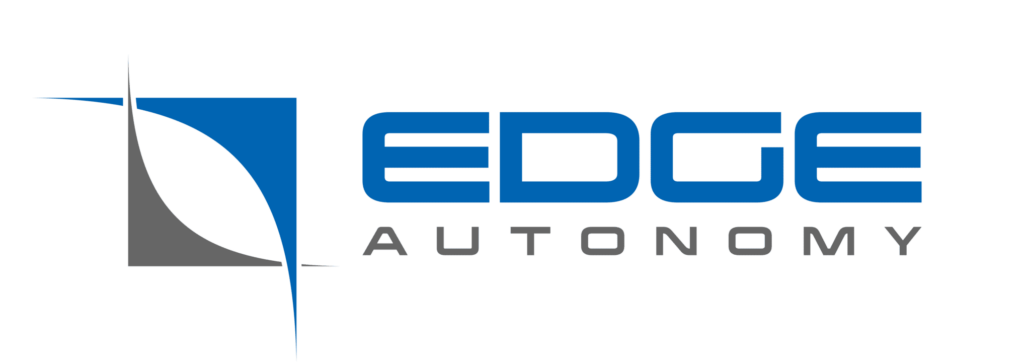Most recently, the Penguin C UAV from UAV Factory has been acquired by company Clear Pulse, to be used in the event of a disaster. In such a situation, the fixed-wing UAV will perform airborne radiological surveys to detect, study and map the radiation levels. These flights will then give a better idea than before about the safety and evacuation decisions needed. Clear Pulse manufactures radiation measurement products, and its contract with UAV Factory, signed in 2018, covers delivery and various follow-up support services for the Penguin C and its ancillary equipment.
The aircraft will be operated through Clear Pulse’s subsidiary JDrone, which successfully carried out the first acceptance flight trial of the Penguin C over Fukushima in May, 2020.
About Penguin C UAS
Penguin C is a twin-boom aircraft (described in UST1, November 2014) with a 3.3 m wingspan and measuring 2.3 m long. It is built largely from carbon and fibreglass composites, which give it an MTOW of 23 kg and a payload-carrying capacity of up to 4 kg, and is launched by catapult. As mentioned, being able to fly long-endurance missions was a critical requirement for the end-user in Japan. Accordingly, Penguin C is capable of flying for up to 20 hours, at a cruising speed of 68-79 kph. Its endurance and cruise (as well as a top speed of 115 kph) are enabled by the company’s own UAV28-EFI engine (described in UST19, April/May 2018). This is a two-cylinder, two-stroke, electronically fuel-injected gasoline engine that provides up to 150 W from its starter/generator for onboard systems, payload included. It has undergone highly accelerated lifetime testing to identify and eradicate long-term points of failure that might occur after hundreds of hours of mechanical and thermal stresses, aiding the longevity of the powerplant after it is handed over to its end-user. The aircraft and engine are rated to a maximum operating altitude of 5 km. They can operate in ambient temperatures of between -40° and +50°C, in up to 5 mm/hour of rain (the Fukushima area has a wet climate). Furthermore, Penguin C can remain in contact with its GCS over 100 km, more than satisfying the project’s minimum operational range of 5 km.
A data link secures the command reception from (and data stream to) JDrone’s GCS and Clear Pulse’s radiological equipment, on the 2.3, 2.4, 2.5 or 5.8 GHz bands. However, flight control is handled autonomously, using a Piccolo autopilot from Cloud Cap Technology, freeing up the team to focus on incoming measurement data.
